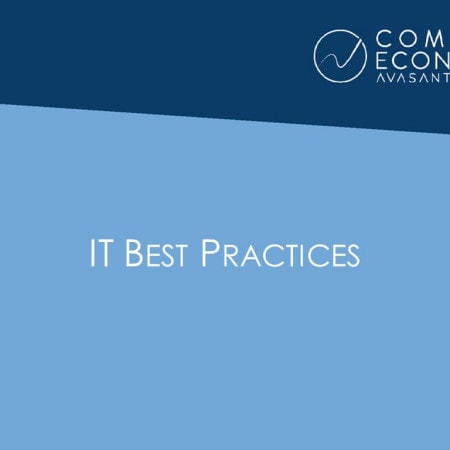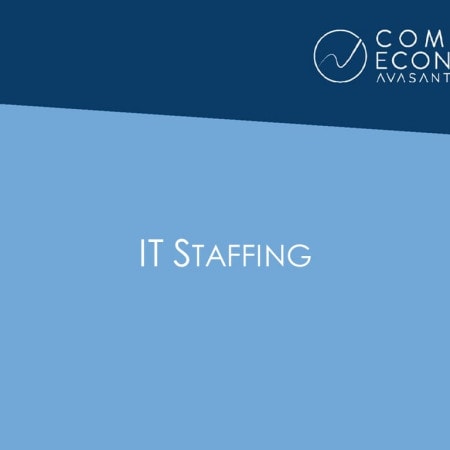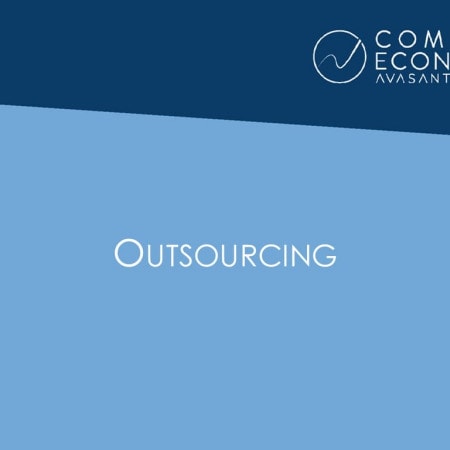-

ITIL Adoption and Best Practices 2011
Providing excellent IT service management to help a business achieve its strategic targets is a much debated but seldom achieved goal. The Information Technology Infrastructure Library (ITIL) is perhaps the most widely accepted framework to accomplish this elusive goal. This study begins with a brief explanation of ITIL's history and current framework for IT service management. We next study ITIL adoption and practice levels in North America, examining levels of adoption by organization size and sector. The study concludes with best-practice suggestions for successful ITIL implementations. (10pp., 5 figs.) [Research Byte]
August, 2011
-

Measuring Help-Desk Efficiency
As a labor-intensive function, the IT help desk (or service desk) is generally high on managementâs list of areas targeted for productivity gains. But, as it is often said, if you cannot measure something you cannot improve it. To meet the needs of managers seeking to better handle this critical function, this study examines the most common metrics used for tracking help-desk efficiency, costs, and productivity. It also assesses the role of technology, service-level agreements, outsourcing, and IT service management best practices in improving the return on investment for the service desk. (14 pp., 6 figs.)[Executive Summary]
May, 2009
-

ITIL Implementation Trending Up, But Adoption May Slow
In theory, imposing disciplines on IT processes should improve productivity and make IT more responsive to the business. Many organizations are turning to ITIL to accomplish this goal. This study begins with a brief explanation of ITILâs history and current framework for IT service management. We next summarize ITIL adoption trends in the U.S.and Canada, examining levels of adoption by organization size and sector. The study concludes with best practice recommendations for a phased, incremental approach to ITIL implementation. (7 pp., 5 figs.)[Executive Summary]
February, 2009
-

Federated Approach to Configuration Management Database Yields Quickest Benefits
Choosing and implementing a Configuration Management Database (CMDB) is often one of the earliest projects in an ITIL program. However, many implementations fail, because they are not clear on the needed functionality or they try to do too much before delivering business value. This report identifies the major types of CMDB applications and analyzes why a federated approach to CMDB is recommended. It also suggests an implementation approach for delivering maximum value. Finally, we provide recommendations concerning the staffing levels required for ongoing support of CMDB data management. (3 pp., 1 fig.)
February, 2008
-

Configuration Management Database ROI Requires Careful Implementation
All IT managers need up-to-date knowledge of organizational IT assets and resources. Yet, maintaining timely information on all IT assets, their configurations, and relationships can be a monumental task. One solution to this problem is the Configuration Management Database (CMDB). In this study, we examine adoption trends of CMDB solutions among small, medium, and large companies, as well as the return on investment (ROI) and total cost of ownership (TCO) experiences of the companies that have implemented these systems. We conclude with recommendations for companies considering implementing a CMDB solution. (4 pp., 4 figs.)[Executive Summary]
February, 2008
-

ITIL Adoption Moves into U.S. Mainstream
While the Information Technology Infrastructure Library (ITIL) is nearly ubiquitous in Europe and in parts of Asia, it has only been since 2005 that ITIL has gained traction in the U.S. This article summarizes the current state of ITIL adoption in the U.S. and highlights the types of organizations that are adopting ITIL most quickly. We also provide recommendations for organizations interested in beginning the process of adopting ITIL best practices. (5 pp., 6 figs.)
July, 2007
-

IT Change Management Still Lacking in Many Organizations
Most problems in the data center are caused by changes that are introduced into the production environment. Change management, therefore, is arguably the most critical requirement for a successful IT organization. This article investigates the effectiveness of IT change management practices and considers the impact of staffing levels on the overall quality of this process. We also examine the issues that may arise by failing to adequately develop and staff an IT change management function. (5 pp., 3 figs.)
October, 2006
-

Problem Management: Major Payback for the Data Center
Twenty percent of data center personnel time is devoted to incident management and problem management, as those terms are defined by the IT Infrastructure Library (ITIL). This article provides statistics for percent of data center staff time spent on these activities by platform (mainframe, Windows, UNIX, and Linux). The conclusion: organizations can enjoy significant cost savings by devoting more effort toward problem management, which will reduce the occurance of incidents in the production environment.
September, 2006
-

Leveraging ITIL to Better Manage Outsourcing Relationships
ITIL is not only an effective tool for managing internal IT processes. It can also serve as a framework for managing the relationship with an outsourcing service provider. This article shows specifically how ITIL Incident Management and Problem Management can be used to optimize an outsourcing relationship, such as help desk outsourcing, to properly define roles and responsibilities and continually reduce the overall level of incidents and improve service levels. (6 pp., 2 figs.) [Executive Summary]
December, 2005
-

Understanding ITIL Key Process Relationships
IT professionals newly exposed to ITIL often confuse Incident Management and Problem Management. This Research Byte explains the difference between the two, and their relationship with Change Management, another key process for IT Service Support.
October, 2005
-

ITIL Adoption: 2006 Could be Watershed Year in U.S.
The Information Technology Infrasctructure Library (ITIL) set of best practices is gaining momentum in the U.S. Most of the early adopters in the U.S. have been Fortune 500 companies and IT vendor organizations. However, this article outlines evidence that widespread adoption in is on the horizon.
October, 2005
-

ITIL Foundations Training: Can One Person Make a Difference?
IS organizations are increasingly looking to ITIL as a framework for continuous improvement. However, in their zeal to implement ITIL, some organizations may be expecting too much too soon from the individuals that they choose to lead the effort.
September, 2005
-

The Importance of IT Process Management
Developing an overall IT process management program is a new, important, and revolutionary perspective for building a more adaptive and agile IT organization. This article provides an overview of IT processs management and key points for establishing this important discipline.
February, 2004
-

Managing Change in the IT Environment
IT change management is the overall discipline of managing additions, deletions, and modifications to an IT owned or supported entity. It includes managing changes to the production environment covering networks, systems, applications, and infrastructure. This article provides an overview of this important discipline.
July, 2003

 Grid View
Grid View List View
List View